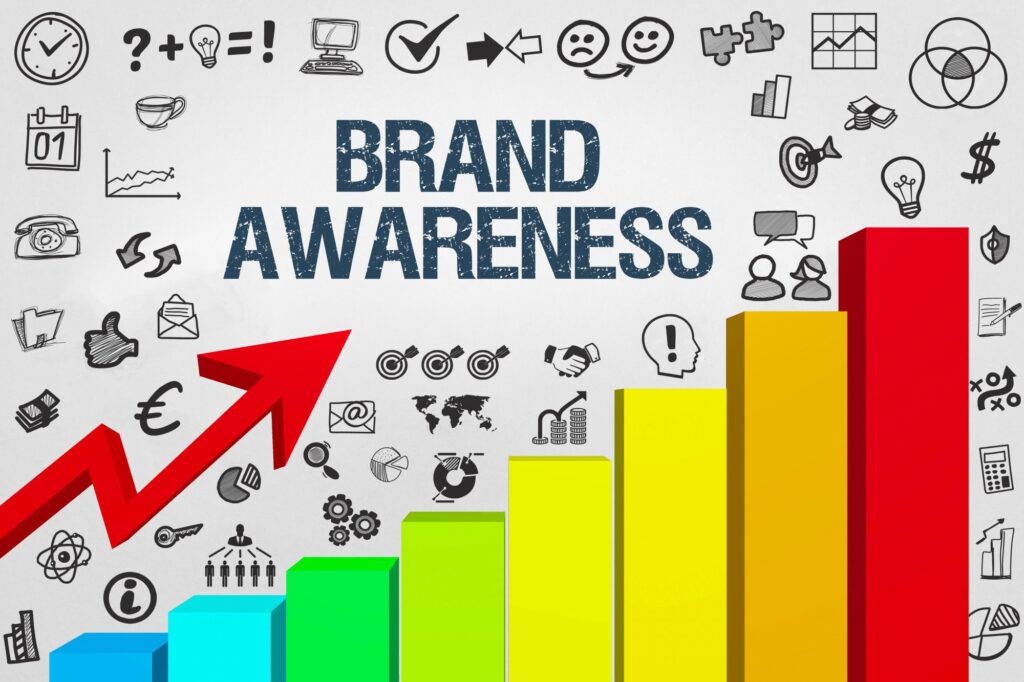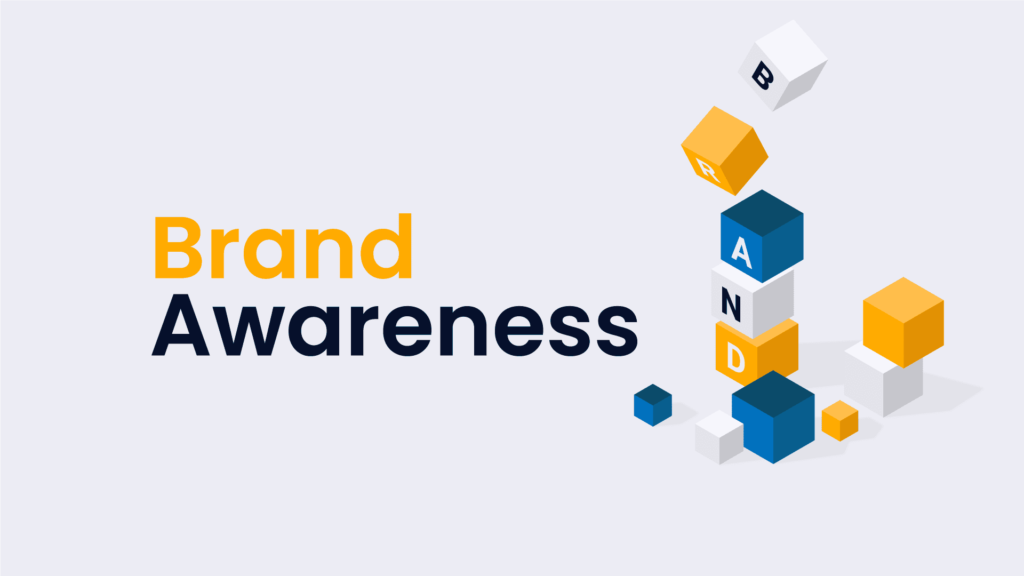Brand awareness, definition and methods of analysis and data collection

Brand awareness refers to the extent to which consumers are familiar with and can recognize or recall a brand. It is a key indicator of a brand’s presence in the market and its ability to influence purchasing decisions. High brand awareness means that a significant portion of the target audience recognizes or thinks of a brand when they consider a particular product or service category.



Definition of Brand Awareness:
Brand awareness is the degree to which consumers are aware of a brand’s existence, its products or services, and its distinguishing characteristics. It is often the first step in the customer journey, where a consumer becomes aware of a brand before forming any opinions or making a purchase.
Methods of Brand Awareness Analysis:
Analyzing brand awareness involves measuring how well-known a brand is among its target audience. Several methods are used to assess and analyze brand awareness:
1. Surveys and Questionnaires:
- Brand Recall Surveys: Ask respondents to name brands within a specific category without any prompts. This measures top-of-mind awareness.
- Brand Recognition Surveys: Present respondents with a list of brands and ask them to identify those they recognize. This measures aided awareness.
- Brand Awareness Tracking Surveys: Conduct regular surveys to track changes in brand awareness over time, allowing companies to measure the effectiveness of their marketing campaigns.
2. Social Media Listening:
- Mention Analysis: Track how often a brand is mentioned on social media platforms, blogs, forums, and other online communities.
- Hashtag Tracking: Monitor the use of branded hashtags to measure awareness and engagement levels on social platforms.
- Sentiment Analysis: Analyze the tone of conversations around the brand to understand not just how well-known the brand is, but also how it is perceived.
3. Search Engine Data:
- Search Volume: Analyze the volume of searches for the brand name and related keywords using tools like Google Trends or Google Keyword Planner. An increase in search volume indicates growing brand awareness.
- Search Impressions: Measure the number of times the brand appears in search results, even if not clicked on. This reflects the brand’s online visibility.
4. Website Traffic Analysis:
- Direct Traffic: Analyze the percentage of direct traffic to a brand’s website (i.e., people typing the brand’s URL directly into their browser). High direct traffic indicates strong brand awareness.
- Referral Traffic: Track traffic coming from other sites, which can indicate awareness through mentions, backlinks, or content partnerships.
5. Market Research Panels:
- Consumer Panels: Use panels of consumers who regularly provide feedback on brand awareness and perception. These panels can provide insights into how awareness changes over time or in response to specific marketing activities.
- Brand Equity Studies: Conduct comprehensive studies that assess both brand awareness and other aspects of brand equity, such as loyalty, perceived quality, and brand associations.
6. Advertising Effectiveness Studies:
- Ad Recall: Measure how well consumers remember the brand after exposure to an advertisement. This can be tested shortly after the ad runs and again after some time to measure lasting impact.
- Brand Lift Studies: Analyze the increase in brand awareness, perception, and purchase intent after running an advertising campaign.
7. Competitive Benchmarking:
- Comparative Analysis: Compare the brand’s awareness levels with those of competitors within the same industry. This can provide context and indicate where the brand stands relative to others in the market.
- Share of Voice (SOV): Measure the brand’s share of total advertising and media mentions in the industry compared to competitors. A higher SOV typically correlates with higher brand awareness.
Methods of Data Collection for Brand Awareness:
Effective data collection is crucial to accurately measure and analyze brand awareness. Here are some common methods:
1. Primary Data Collection:
- Surveys and Polls: Directly ask consumers about their awareness of the brand through online surveys, in-person interviews, or telephone polls.
- Focus Groups: Conduct small group discussions to gather in-depth insights into consumer awareness and perceptions of the brand.
- Interviews: Engage in one-on-one interviews with consumers or industry experts to gather qualitative data on brand awareness.
2. Secondary Data Collection:
- Social Media Analytics: Use tools like Hootsuite, Brandwatch, or Sprout Social to gather data on social media mentions, hashtags, and engagement rates.
- Search Engine Analytics: Use Google Analytics, Google Search Console, and other SEO tools to collect data on search volume and website traffic.
- Market Reports: Access industry reports, white papers, and competitor analysis documents to understand broader market trends in brand awareness.
- Media Monitoring: Utilize media monitoring services like Meltwater or Cision to track mentions and coverage of the brand in traditional and digital media.
Conclusion:
Brand awareness is a fundamental metric for any business aiming to grow its market presence and customer base. By employing a combination of surveys, social media listening, search data, and other analytical tools, companies can gain a clear understanding of their brand’s visibility in the market. Regularly monitoring brand awareness and adjusting marketing strategies accordingly ensures that a brand remains top of mind for consumers, driving long-term success.


